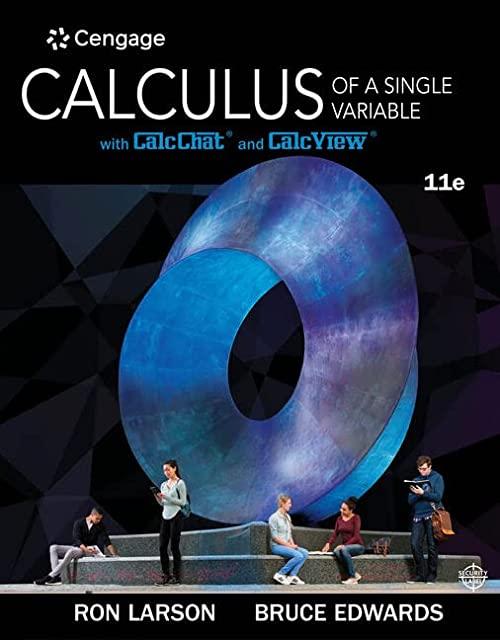Question
We investigated early behavioural markers of autism spectrum disorder (ASD) using the Autism Observational Scale for Infants (AOSI) in a prospective familial high-risk (HR) sample
We investigated early behavioural markers of autism spectrum disorder (ASD) using the Autism Observational Scale for Infants (AOSI) in a prospective familial high-risk (HR) sample of infant siblings (N = 54) and low-risk (LR) controls (N = 50). The AOSI was completed at 7 and 14 month infant visits and children were seen again at age 24 and 36 months. Diagnostic outcome of ASD (HR-ASD) versus no ASD (HR-No ASD) was determined for the HR sample at the latter timepoint. Each HR infant had an older sibling with a community clinical ASD diagnosis (hereafter, proband), confirmed on the basis of information in the Development and Wellbeing Assessment and the Social Communication Questionnaire by expert clinicians on our team. LR controls were full-term infants (gestational ages 37 to 42 weeks; 3 born 32 to 36 weeks) recruited from a volunteer database at the Birkbeck Centre for Brain and Cognitive Development. Medical history review confirmed lack of ASD within first-degree relatives. All LR infants had at least one older sibling with confirmed absence of ASD. The HR group scored higher than the LR group at 7 months and marginally but non-significantly higher than the LR group at 14 months, although these differences did not remain when verbal and nonverbal developmental level were covaried.
All participants were assessed at all visits on the Mullen Scales of Early Learning (MSEL), a measure of developmental abilities yielding an Early Learning Composite (ELC) standardised score. Lower ELC scores indicate delayed development and are suspected of ASD. Below is the table that summarizes the ELC scores at each visit (7, 14, 24, and 36 months).
|
| LR Sample n= 50 | HR Sample n= 54 |
|
|
| |
| 7 m ELC | 104.42 (11.31) | 94.00 (12.88) |
| 14 m ELC | 106.11 (15.73) | 97.40 (17.91) |
| 24 m ELC | 116.02 (13.98) | 102.25 (19.77) |
| 36 m ELC | 115.77 (16.25) | 105.38 (21.52) |
Perform two-sided hypothesis tests comparing the ELC scores between the LR and HR samples at 7, 14, 24, and 36 months. Based on your results, at which month do you see the largest difference (statistically) in the ELC scores between the two groups? (11 pts)
Step by Step Solution
There are 3 Steps involved in it
Step: 1

Get Instant Access to Expert-Tailored Solutions
See step-by-step solutions with expert insights and AI powered tools for academic success
Step: 2

Step: 3

Ace Your Homework with AI
Get the answers you need in no time with our AI-driven, step-by-step assistance
Get Started


